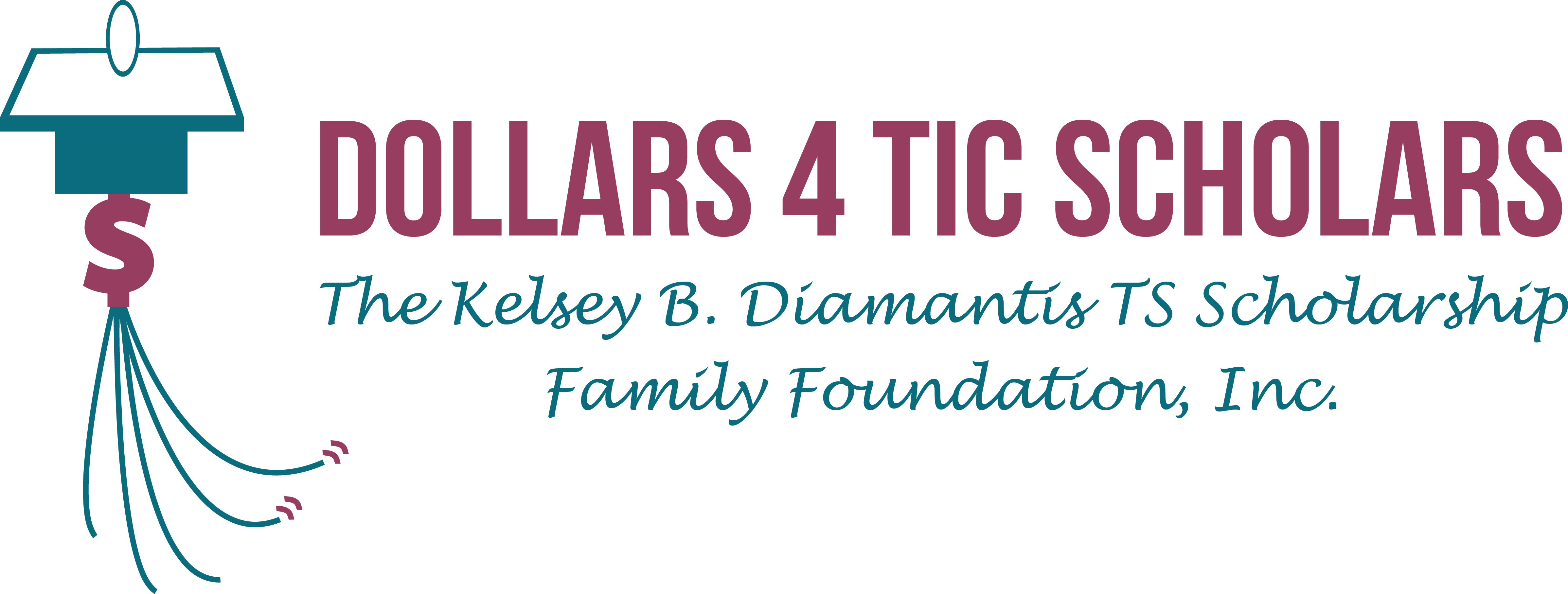Tourette Syndrome, according to the National Institute of Neurological Disorders and Stroke (NINDS), is “…a neurological disorder characterized by repetitive, stereotyped, involuntary movements and vocalizations called tics. The disorder is named for Dr. Georges Gilles de la Tourette, the pioneering French neurologist who in 1885 first described the condition in an 86-year-old French noblewoman.”
More information on Tourette Syndrome from the NINDS website may be found here: http://www.ninds.nih.gov/disorders/tourette/detail_tourette.htm.
Dollars 4 Tic Scholars is not a medical institution nor are we qualified to provide medical observation or medical commentary on Tourette Syndrome. We have gathered some data below that our visitors may  find of interest. If you have some statistics or a resource for us, we will be happy to consider adding it here or to our Links page. Please email info@dollars4ticscholars.org.
find of interest. If you have some statistics or a resource for us, we will be happy to consider adding it here or to our Links page. Please email info@dollars4ticscholars.org.
From the NINDS website:
- The early symptoms of TS are typically noticed first in childhood, with the average onset between the ages of 3 and 9 years.
- TS occurs in people from all ethnic groups.
- Males are affected about three to four times more often than females.
- It is estimated that 200,000 Americans have the most severe form of TS, and as many as one in 100 exhibit milder and less complex symptoms such as chronic motor or vocal tics.
- Although TS can be a chronic condition with symptoms lasting a lifetime, most people with the condition experience their worst tic symptoms in their early teens, with improvement occurring in the late teens and continuing into adulthood.
- Coprolalia is only present in a small number (10 to 15 percent) of individuals with TS.
- TS is a diagnosis that doctors make after verifying that the patient has had both motor and vocal tics for at least 1 year. There are no blood, laboratory, or imaging tests needed for diagnosis.
From the website of the Centers for Disease Control (CDC) website:
http://www.cdc.gov/ncbddd/tourette/research.html
- It is not known exactly how many people have Tourette Syndrome (TS). A Centers for Disease Control and Prevention (CDC) study conducted in 2011 found that 1 of every 360 children 6 through 17 years of age and living in the United States have been diagnosed with TS based on parent report; however,
- 2014 reportings coordinated by the CDC and the National Tourette Syndrome Association state that it is estimated that 1 in 100 school-aged children in the United States is living with Tourette Syndrome or another Tic Disorder, which puts the prevalence at approximately 3,000,000 people nationwide.
- Among children with TS, 37% have been reported as having moderate or severe forms of the condition.
- A diagnosis of TS is twice as common among children 12 through 17 years of age as among those 6 through 11 years of age.
- Among children diagnosed with TS, 86% also have been diagnosed with at least one additional mental health, behavioral, or developmental condition, such as:
- Attention-deficit/hyperactivity disorder (ADHD),63%;

- Behavioral or conduct problems, 26%;
- Anxiety problems, 49%;
- Depression, 25%;
- Autism spectrum disorder, 35%;
- Learning disability, 47%;
- Speech or language problem, 29%
- Intellectual disability, 12%, and
- Developmental delay affecting his or her ability to learn, 28%.
- More than one-third of people with TS also have obsessive-compulsive disorder.
- Attention-deficit/hyperactivity disorder (ADHD),63%;
Additional Helpful Links
https://www.ncbi.nlm.nih.gov/books/NBK499958/
https://www.therecoveryvillage.com/mental-health/tourettes/tourettes-statistics/
https://www.sciencedirect.com/science/article/abs/pii/S0165178122002840
https://www.cdc.gov/ncbddd/tourette/articles.html#anchor_1541007100007
